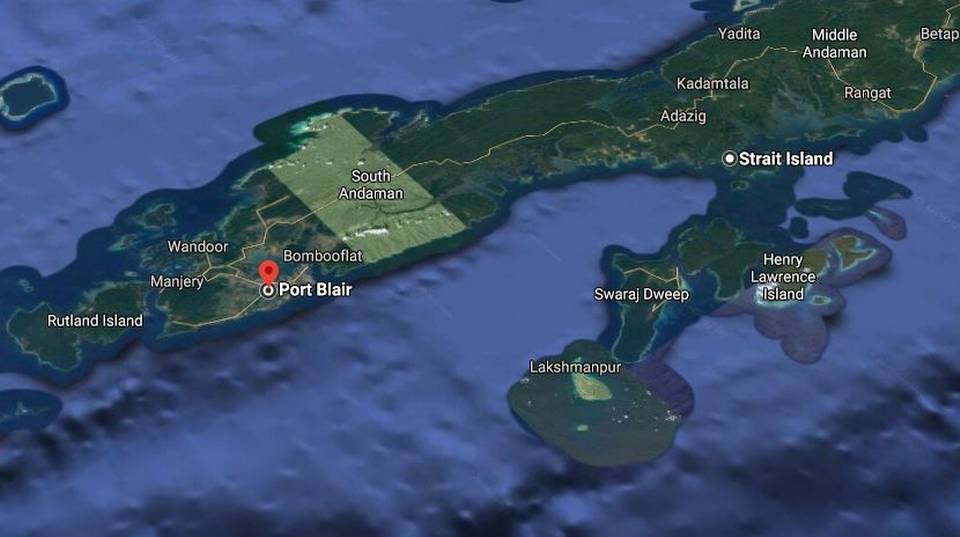Focus: GS-I Indian Society
Why in news?
Members of the Great Andamanese tribe, a Particularly Vulnerable Tribal Group (PVTG), have tested positive for COVID-19.
Details
- Great Andamanese are one of five PVTGs that reside in Andamans archipelago and this is one of the first cases of COVID-19 infections among the endangered PVTGs of the region.
- Some members of the tribe travel between Port Blair and Strait Island and a few do odd jobs in the city – hence, opening up chances of infection.

Great Andamanese
- The Great Andamanese are an indigenous people of the Great Andaman archipelago in the Andaman Islands.
- Historically, the Great Andamanese lived throughout the archipelago, and were divided into ten major tribes.
- Their distinct but closely related languages comprised the Great Andamanese languages, one of the two identified Andamanese language families.
- The Great Andamanese were clearly related to the other Andamanese peoples, but were well separated from them by culture and geography.
- Once the Great Andamanese were the most numerous of the five major groups in the Andaman Islands with an estimated population between 2,000 and 6,600 – But now, the Great Andamanese, heavily decimated by diseases, alcohol, colonial warfare and loss of hunting territory – numbers stand at just 59.
- The tribal and linguistic distinctions have largely disappeared, so they may now be considered a single Great Andamanese ethnic group with mixed Burmese, Hindi and aboriginal descent.
Great Andamanese Anthropology
- The Great Andamanese are classified by anthropologists as one of the Negrito peoples, which also include the other four aboriginal groups of the Andaman Islands (Onge, Jarawa, Jangil and Sentinelese) and five other isolated populations of Southeast Asia.
- The Andaman Negritos are thought to be the first inhabitants of the islands, having emigrated from the mainland tens of thousands of years ago.
- Until the late 18th century, the Andamanese peoples were preserved from outside influences by their fierce rejection of contacts (which included killing any shipwrecked foreigners) and by the remoteness of the islands.
- Thus, the ten Great Andamanese tribes and the other four indigenous groups are thought to have diverged on their own over the course of millennia.
Current status
- As of now, only two tribes (Jeru and Bo) remain in significant number; the Cari tribe was on its way to extinction.
- There are still a few people (all elderly) with partial Kora and Pucikwar descent, but they identify themselves as either Jeru or Bo.
- However, the cultural and linguistic identities of the individual tribes have largely been lost; their members now speak mostly Hindi or a mixed language, a Great Andamanese creole.
- Although the Great Andamanese on Strait Island still obtain some of their diet from hunting, fishing and gathering, they now consume rice and other Indian food, and are dependent on support by the Indian government for survival.
- They now practice some agriculture, and have established some poultry farms. Some of the Great Andamanese work in government jobs in the union territory’s capital Port Blair.
Recently in news:
The COVID-19 pandemic has reached the Bondas, a (PVTG) tribal community residing in the hill ranges of Malkangiri district in Odisha.
Click Here to read more about PVTG and Bondas
-Source: The Hindu





